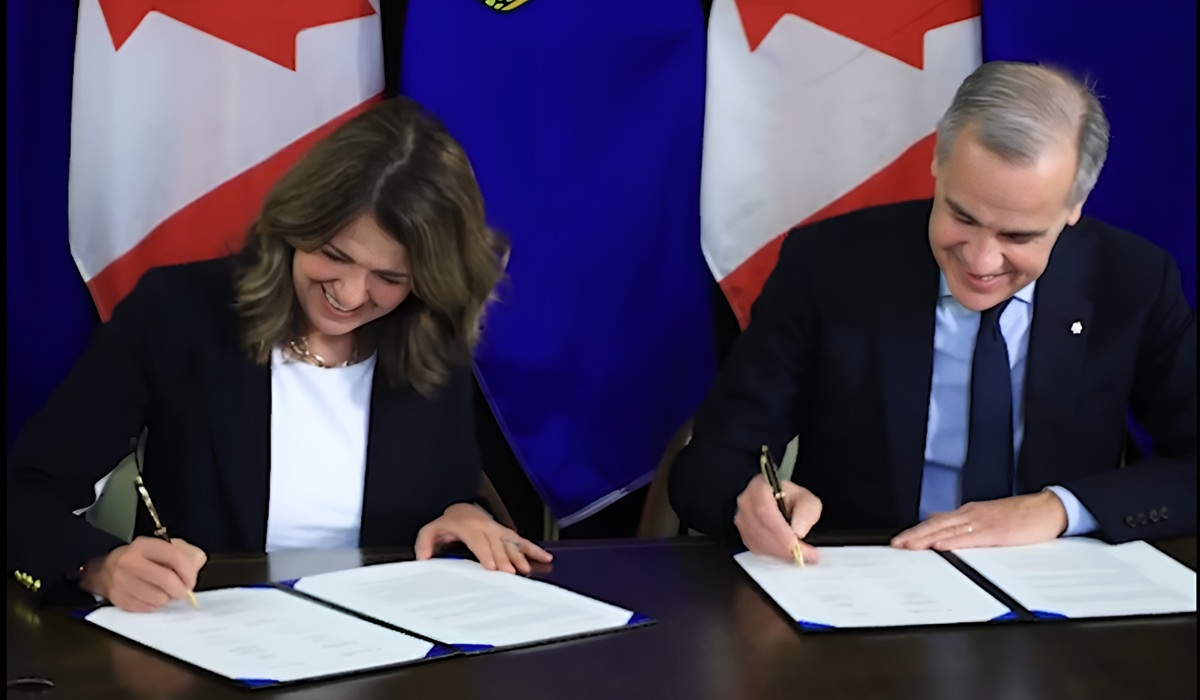Image Credit, StartupStockPhotos
Accessibility Standards Canada has published what it calls a groundbreaking document — Canada’s first National Standard on Plain Language, officially titled CAN-ASC-3.1:2025. Released to coincide with International Plain Language Day, the standard is being hailed as a major step toward accessibility and inclusion across the country.
But it raises an important question: did Canada really need a national standard to tell people to write clearly?
For decades, plain language has been a principle of good communication — the idea that documents should be easy to read, understand, and use. Governments, banks, and even health care providers have all recognized that jargon and complicated structure alienate people. Yet, the fact that a formal standard is now required suggests that clarity itself has become an accessibility issue.
According to Accessibility Standards Canada, the new standard outlines clear steps for organizations to follow. It helps identify when plain language should be used, what barriers people face when communication is confusing, and how to fix those barriers. It even includes guidance on layout and visual design — everything from how to organize information to how typography can support comprehension.
Supporters argue that this isn’t about overregulation but about equity. For millions of Canadians, especially those with disabilities, limited literacy, or language barriers, unclear communication can mean being excluded from services and opportunities others take for granted.
In that sense, this standard isn’t about “telling writers how to write.” It’s about ensuring that public information — government forms, medical instructions, housing applications, and more — is accessible to everyone, not just those comfortable with bureaucratic or academic language.
The timing feels both appropriate and overdue. Canada has committed to building a barrier-free country by 2040, yet communication barriers remain some of the most pervasive. While physical ramps and accessible websites get attention, language is often the invisible wall.
This is the first time the country has formalized plain language as a measurable, enforceable accessibility goal. It aligns with the federal Directive on the Management of Communications, which requires inclusive, plain-language communications, and with the Accessible Canada Act.
Still, one can’t help but wonder — could common sense and better training have achieved the same thing without a full national standard?
Accessibility Standards Canada emphasizes that the new framework wasn’t developed in isolation. It came from a technical committee composed mostly of people with disabilities and members of equity-deserving groups — those who know first-hand how confusing or inaccessible language can exclude them.
Following a full public review, the Standards Council of Canada approved it as an official National Standard of Canada, meaning it meets international best practices, including those outlined in ISO 24495-1:2023.
The organization’s CEO, Dino Zuppa, called plain language “a matter of accessibility and inclusion,” not just good writing. He noted that when people can easily find, understand, and use information, they make better decisions and participate more fully in society.
Meanwhile, Minister Patty Hajdu, who oversees Accessibility Standards Canada, said the new standard will help institutions and communities “break down communication barriers” and create “a more inclusive Canada.”
Plain language undoubtedly benefits everyone — saving time, money, and confusion. It’s not just about accessibility; it’s about efficiency and trust. Yet, the very existence of this new national standard feels like a quiet acknowledgment that government and institutions still struggle to communicate simply.
So, was it needed? Perhaps it was — not because Canadians don’t understand plain English, but because their institutions often don’t use it.
This standard may not transform communication overnight, but it sets a national expectation that clarity is no longer optional. It’s now a right — and in that sense, maybe Canada’s new plain language rulebook is both a reflection of how far we’ve come, and a reminder of how far we still have to go.









